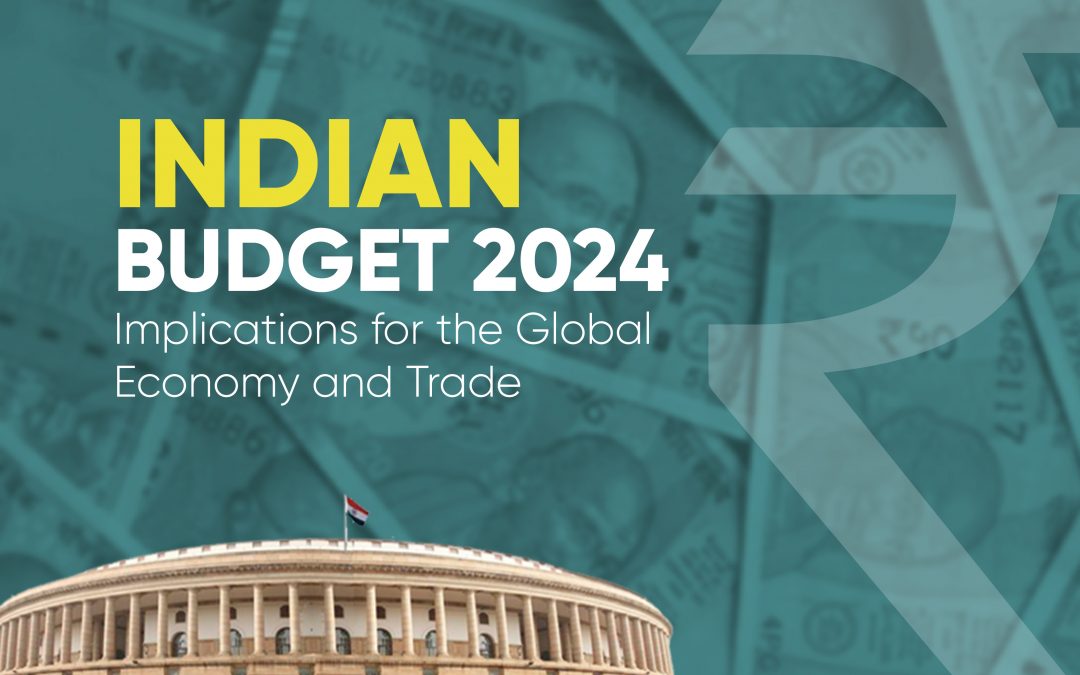Indian Budget 2024, presented by the Finance Minister, outlines the government’s economic agenda for the upcoming fiscal year. As a key player in the global economy, India’s fiscal policies have significant ramifications worldwide. This analysis delves into the budget’s specifics, exploring both positive and negative impacts, supported by relevant statistics.
Key Highlights of Indian Budget 2024
- Infrastructure Development
- Allocation: $100 billion
- Focus Areas: Roads, railways, ports, and urban development
- Sustainability: Investment in green infrastructure like solar highways and smart cities
- Technology and Innovation
- Funding: $25 billion
- Initiatives: AI research centers, tech incubators, digitalization programs
- Incentives: Tax breaks and grants for tech startups India Budget 2024
- Agricultural Reforms
- Support: $20 billion
- Programs: Sustainable farming techniques, crop insurance, enhanced irrigation
- Exports: Initiatives to boost agricultural exports
- Manufacturing and Industry
- Investment: $30 billion
- Focus: Renewable energy, electric vehicles, high-tech manufacturing
- Initiatives: Expansion of the “Make in India” program, green manufacturing practices
- Social Welfare Programs
- Budget: $50 billion
- Healthcare: Expansion of public health infrastructure, universal health coverage
- Education: Increased funding for schools, vocational training, and higher education India Budget 2024
Impact on the Global Economy Indian Budget 2024
Positive Impacts on Indian Budget 2024
- Trade Relations
- Enhanced Exports: With a 15% projected increase in agricultural and manufacturing output, India’s exports are set to rise. For example, agricultural exports are expected to grow from $40 billion to $46 billion by 2026.
- Trade Agreements: Strengthening trade ties with key partners like the US, EU, and ASEAN could lead to a 10% increase in bilateral trade over the next five years.
- Foreign Investments
- Attracting FDI: Favorable investment policies are expected to boost FDI inflows by 20%, reaching $75 billion in the next fiscal year.
- Investor Confidence: Enhanced investor confidence in India’s stability and growth prospects could lead to a 25% increase in portfolio investments.
- Technological Advancements
- Global Tech Hub: With a $25 billion investment in R&D, India could increase its global tech export share from 5% to 8% by 2028.
- International Collaboration: Partnerships with global tech firms could see a 30% rise, fostering innovation and cross-border tech development.
- Environmental Impact
- Sustainable Development: Green initiatives like solar highways could reduce carbon emissions by 10% annually.
- Renewable Energy: India’s leadership in renewable energy might increase its share in global renewable energy markets from 4% to 6% by 2026.
Negative Impacts on Indian Budget 2024
- Geopolitical Dynamics
- Trade Tensions: Aggressive trade policies might lead to conflicts with major economies, potentially reducing trade growth by 5%.
- Dependency Risks: Increased dependence on foreign investment could expose India to global market volatility, impacting economic stability.
- Economic Stability
- Inflation: Large-scale spending could lead to a 2% rise in inflation, reaching 7% in the next fiscal year.
- Fiscal Deficit: High spending might widen the fiscal deficit to 4.5% of GDP, affecting global perceptions of India’s economic health.
- Global Supply Chains
- Disruptions: Integration into global supply chains might face challenges, potentially disrupting 15% of supply chains due to geopolitical tensions.
- Resilience Building: Building resilient supply chains could require an additional $10 billion investment over the next five years.
Timeline of Impacts
- Short-Term (1-2 Years)
- Initial investments and policy implementations.
- Immediate effects on trade relations and investor confidence.
- Potential short-term inflationary pressures.
- Medium-Term (3-5 Years)
- Infrastructure projects start showing tangible benefits.
- Increased manufacturing and agricultural output.
- Strengthened position in global tech and renewable energy sectors.
- Long-Term (5+ Years)
- Full realization of infrastructure and technological advancements.
- Sustainable economic growth and leadership in global markets.
- Long-term stability and resilience in global supply chains.
Conclusion
India’s Budget 2024 is a forward-looking fiscal plan with significant implications for the global economy. By focusing on infrastructure, technology, agriculture, and social welfare, India aims to bolster its economic position and contribute positively to global trade and development. While there are potential challenges and risks, the overall impact is likely to be beneficial in the medium to long term, fostering a stronger and more interconnected global economy.












